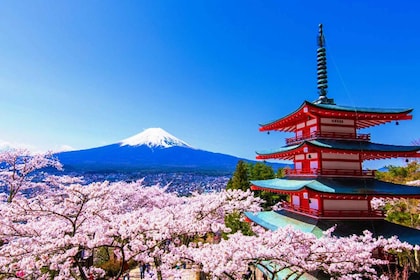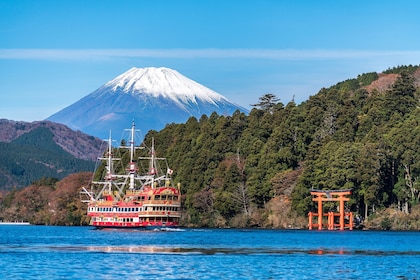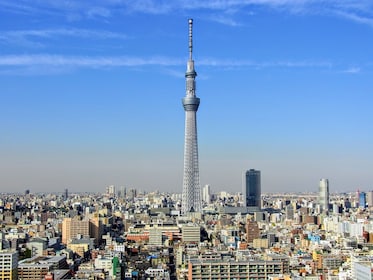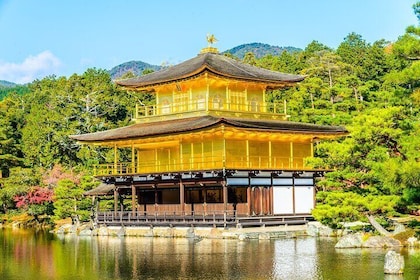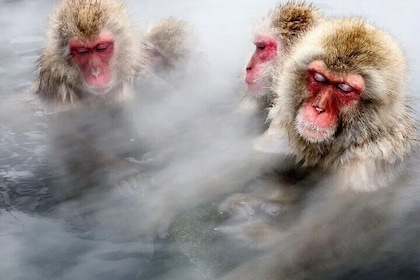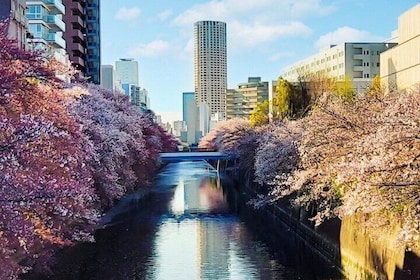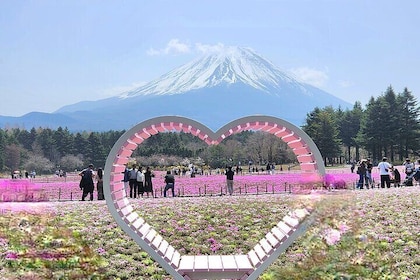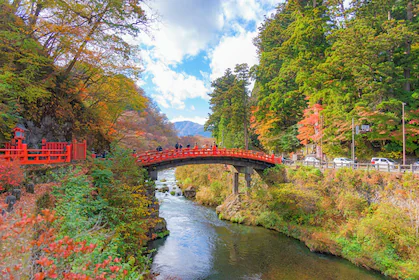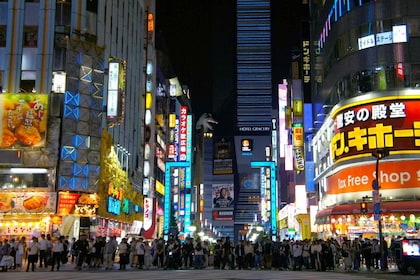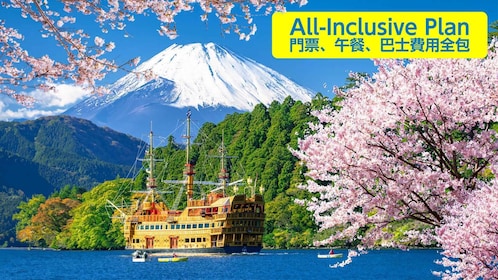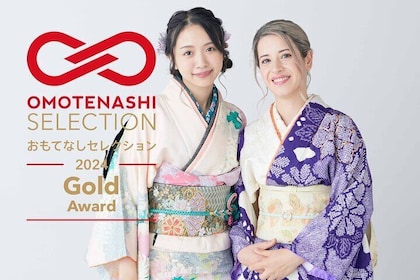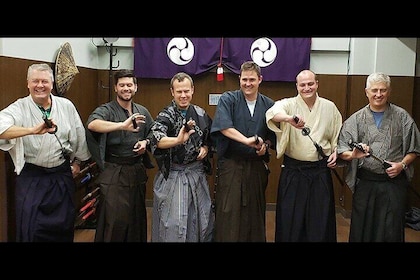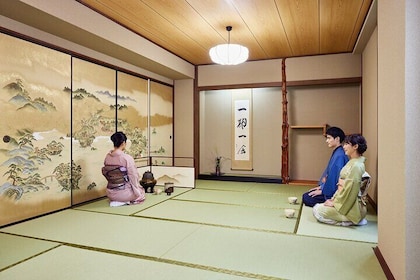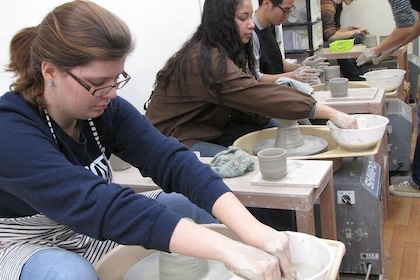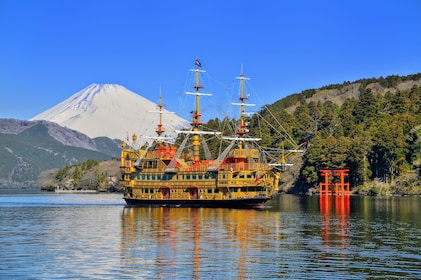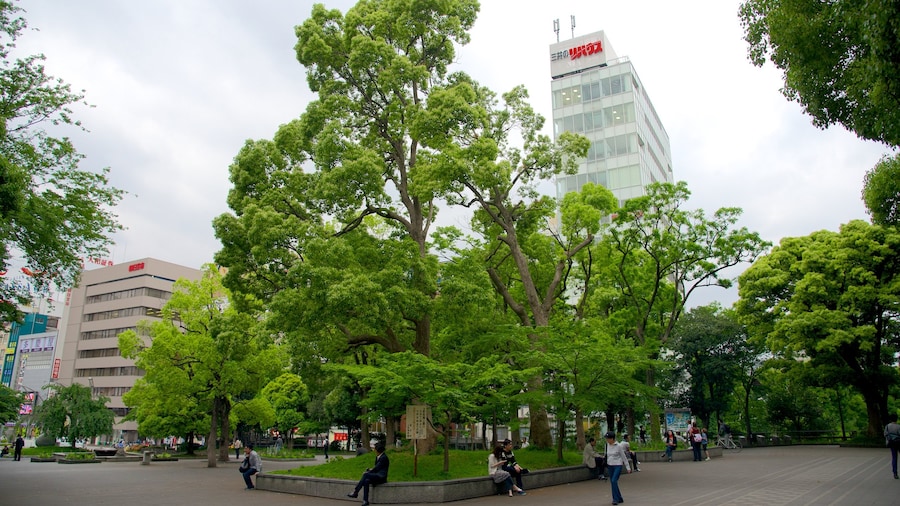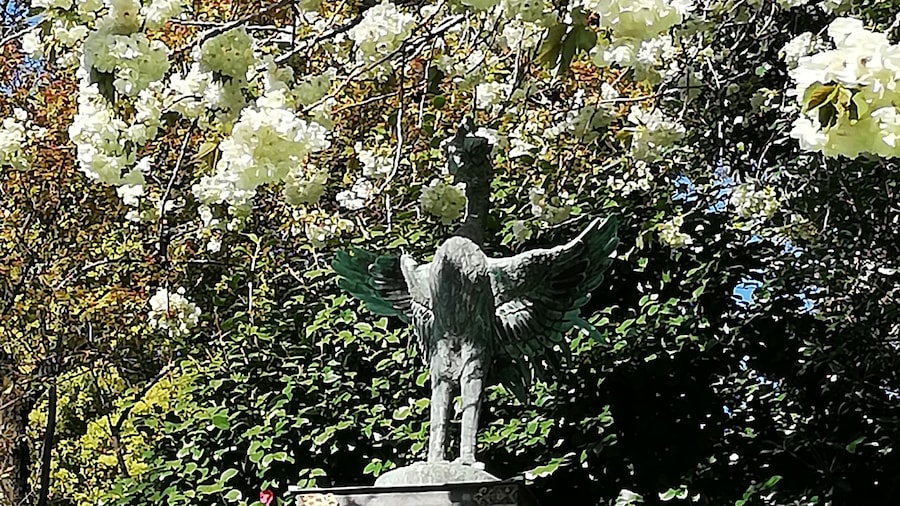Japan's largest museum gives an insight into the country's unique cultural heritage, through its artworks and antiquities.
This highly-rated museum is considered one of the world's great homes of East Asian art and archaeology. Altogether, the museum has some 110,000 objects in its permanent collection, with several thousand more on loan from shrines, temples, and private owners. Visitors can discover fine art, ancient manuscripts and archaeological finds, among other things. There's only enough space to display about 4,000 artefacts so the collections rotate regularly. Allow at least half a day to see a good proportion of the museum's treasures, though a repeat visit may be needed as there is so much to see.
The museum was founded in 1872 and has been in its current location since 1882. Much of its building was damaged in the Kanto earthquake of 1923 and though it was rebuilt, it was further damaged during World War II air raids. Since then, the museum has expanded to four buildings, with the central building in the complex being the Honkan building, which focuses on Japanese artefacts. The oldest of the museum's treasures are earthenware vessels that date back more than 12,000 years and can be seen on the second floor of the main gallery. In the Honkan building you will also find exhibits that provide an insight into uniquely Japanese practices and customs such as tea ceremonies, Noh and Kabuki costumes, samurai warrior swords and calligraphy.
Elsewhere, visit the Asian gallery where you can marvel at artefacts from China, the Koreas, Southeast Asia, India and Egypt. Look out for the stone Khmer sculptures from Cambodia and the stunning Chinese jade that is considered priceless. There are also textiles from Indonesia and Buddhist statues from Korea. All of these artefacts demonstrate the rich diversity of art created in Asia. If you have children with you, there is an activities area where you can even have your fortune told.
Many of the exhibits around the museum have English labels and there are English-speaking volunteers that offer various gallery talks.The museum is open Tuesdays to Sundays, with extended opening hours on Friday evenings. The museum is closed over Christmas to 1st January. There is a small entrance charge with extra fees for special exhibitions. The museum is a short walk away from Ueno station.





